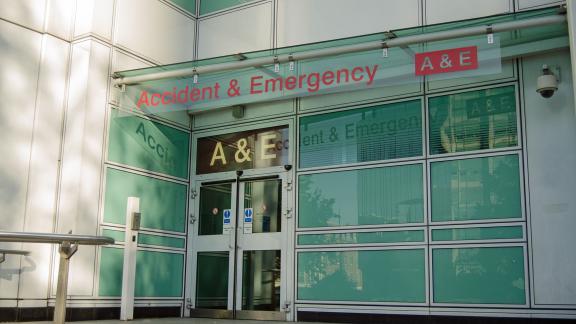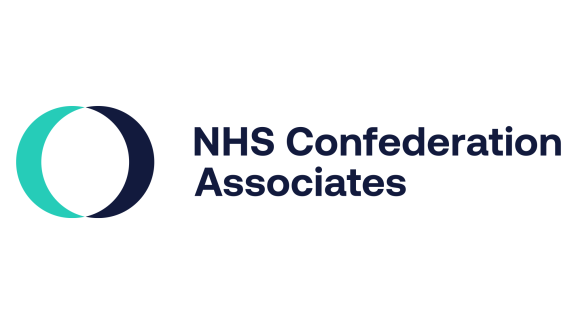Progress on waiting times - but still a long way to go

Out today (Thursday 14 April), the latest monthly performance statistics for the NHS in England show:
- Record 999 calls with 304,000 ‘category 1’ calls between December 2021 and March 2022 – more than a fifth higher than any other winter period on record.
- Record ambulance call-outs with handover delays getting longer.
- 2.17m people attended A&E in March – the highest ever for March, with delays growing on the four-hour target.
- The number of people waiting over one year for treatment fell by 12,000 in February and the number of people waiting over two years fell by over 500. 1.26 million urgent and non-urgent procedures were completed in February.
- The elective care backlog is the highest since records began at 6.18 million people in England.
- The NHS delivered 200,000 more diagnostic tests in February than in the same month last year and there were 540,000 cancer referrals between December and February.
- There are nearly 15,400 people with Covid in hospital.
In response, Matthew Taylor, chief executive of the NHS Confederation, said:
“The NHS is putting the additional investment from the levy to good use with clear progress being made in tackling the elective care backlog. Despite all parts of the system running hot, including record 999 calls and ambulance call-outs, patients waiting over one year for treatment fell by 12,000 in February and there are over 500 fewer people waiting over two years for a planned procedure.
“It is good to see progress in these important areas but health leaders still feel the NHS is a very long way from a sustainable and resilient system that is able to meet and manage overall demand from patients for healthcare.
“In particular, problems with freeing up much needed hospital beds continues to be a massive issue for frontline workers.
“The NHS is working hard but its performance and the quality of care it can provide is intrinsically linked to other vital services, including social care. Our members remain frustrated that patients who are medically-ready to leave hospital cannot be discharged as this affects how much they can get through. One hospital leader in the north recently told us that around one in five of their beds were taken up by patients who could be looked after in their own homes if social care was properly supported.
“This is on top of staff caring for 170,000 patients in hospital with Covid-19 and the current infection prevention and control guidance still requires them to be segregated from those without the disease, which limits NHS capacity further.
“This has been the busiest March on record for people arriving at A&E and it comes as data elsewhere shows GPs are carrying out over 25 million appointments. Like the whole NHS, services are facing substantial vacancies and staff sickness absences including due to Covid. The huge volumes of patients alongside these staff absences is affecting the how long patients have to wait and ambulance handover times, which no health leader wants to see.
“The NHS has proven that it can step up and deliver what patients need but the conditions need to be right for it to be able to deliver even more.”



